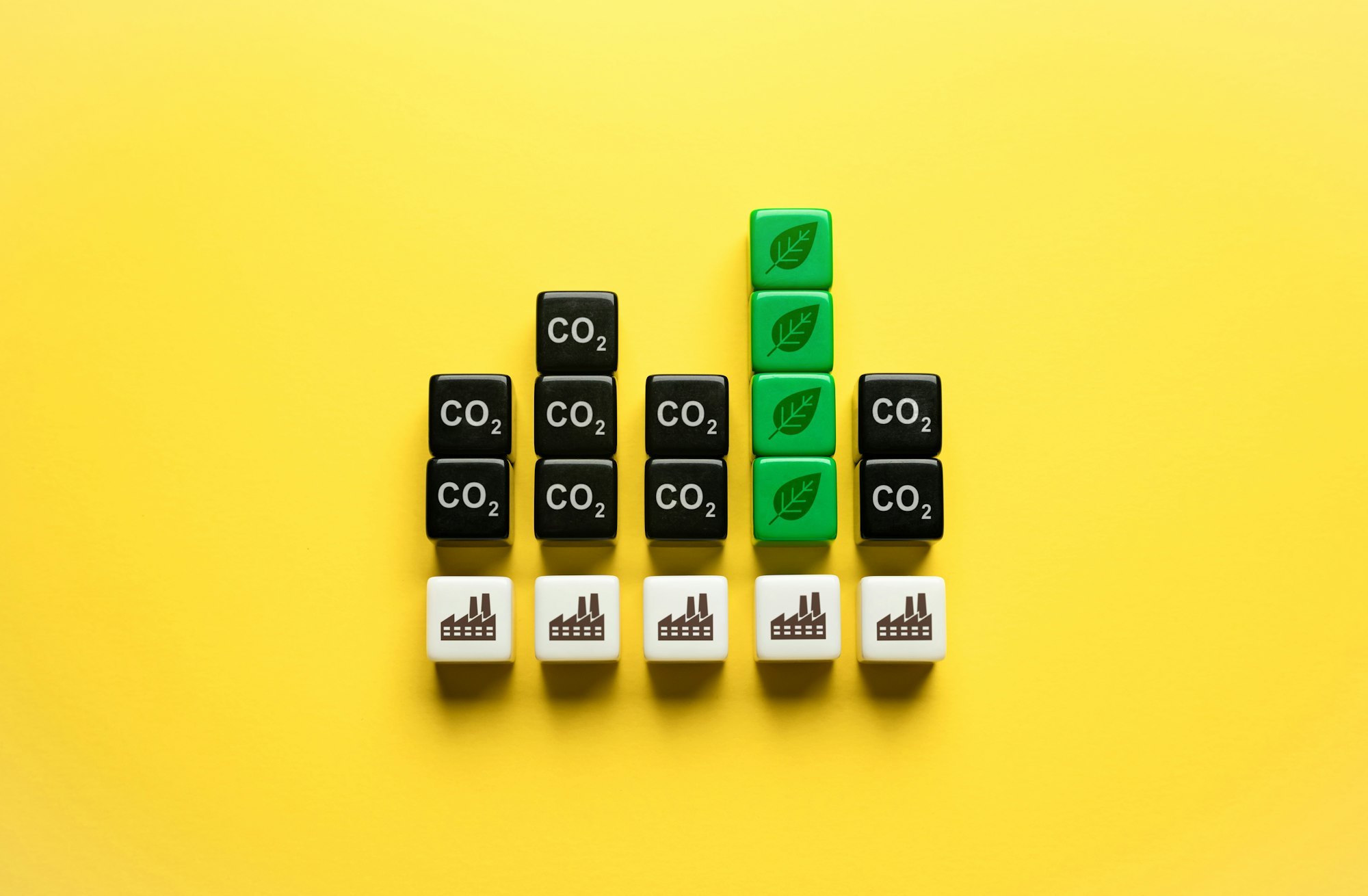Microsoft’s Eco-Friendly AI Vision
Paving the Way to a Greener Tomorrow
Microsoft is passionately pushing towards a more sustainable future with a bold commitment to become carbon negative by 2030. The construction of their new Park Royal data centre in West London is a prime example of this commitment. This facility is designed to operate solely on renewable energy, showcasing Microsoft’s dedication to harmonizing the growth of artificial intelligence (AI) with environmental stewardship.

The Rising Environmental Cost of AI Progress
The boom in AI technology has dramatically increased the demand for energy in data centres. According to Microsoft’s own assessments, the expansion and operation of these facilities have raised their indirect emissions by over 30% since 2020. These emissions come from activities related to the production of materials and the energy consumed by the final users of their products.
Embracing Renewable Energy Amidst Tech Innovations
Leading Tech Giants in the Quest for Sustainability
Tech giants like Microsoft, Google, Amazon, and Meta are vigorously pursuing renewable energy to mitigate the environmental impacts of their operations. Microsoft has made a massive investment of $10 billion in renewable energy initiatives, aiming to drastically cut down its carbon footprint.
Overcoming Challenges to Sustain a Healthy Planet
Despite these significant strides, the technology sector faces considerable challenges in achieving its climate goals. The growing demand for renewable energy could inadvertently lead to increased fossil fuel use in other economic sectors due to renewable resource limitations. Some experts recommend building data centres near renewable power sources like hydro or geothermal energy to align more closely with environmental objectives.
Explore how Microsoft is leading the charge in merging AI development with ambitious environmental goals, striving to revolutionize the tech industry while caring for our planet.

Frequently Asked Questions About Microsoft’s Green Initiatives and AI Development
1. What does it mean for Microsoft to be carbon negative by 2030?
Being carbon negative means that Microsoft plans to remove more carbon dioxide from the atmosphere than it emits. By 2030, Microsoft aims to reach this goal by investing in renewable energy, enhancing efficiency in all operations, and pioneering new technologies that capture and store carbon. This ambitious target not only reflects their commitment to the planet but also sets a powerful example for other tech companies to follow in the fight against climate change.
2. How does Microsoft’s expansion of AI technology impact the environment?
The expansion of AI technology significantly increases the energy consumption of data centres, which are pivotal for storing and processing vast amounts of data. To address this, Microsoft is focusing on powering these facilities with renewable energy sources. While AI technology inherently requires more energy, Microsoft’s strategic investments in green energy aim to mitigate these environmental impacts, striking a balance between technological advancement and environmental responsibility.
3. Why is Microsoft investing in renewable energy?
Microsoft’s $10 billion investment in renewable energy reflects their proactive approach to combating climate change and fulfilling their environmental promises. By funding green energy projects, they are not only reducing their own carbon footprint but also contributing to the global availability of renewable resources. This move is part of a broader strategy to ensure that their increasing energy demands, spurred by AI and other technological innovations, do not come at the cost of the planet’s health.
Sources The Guardian


